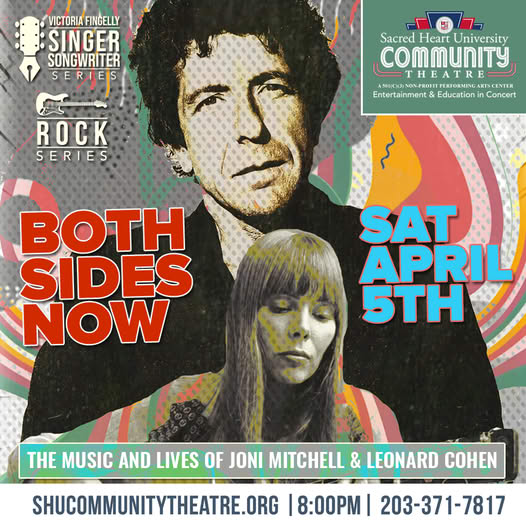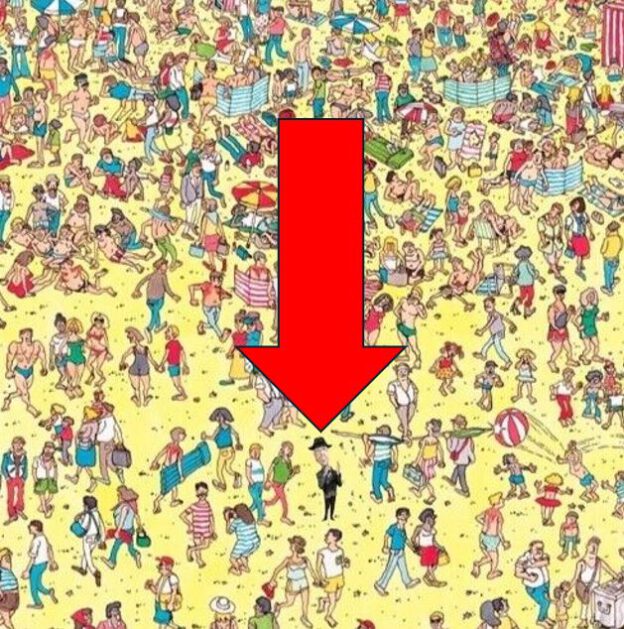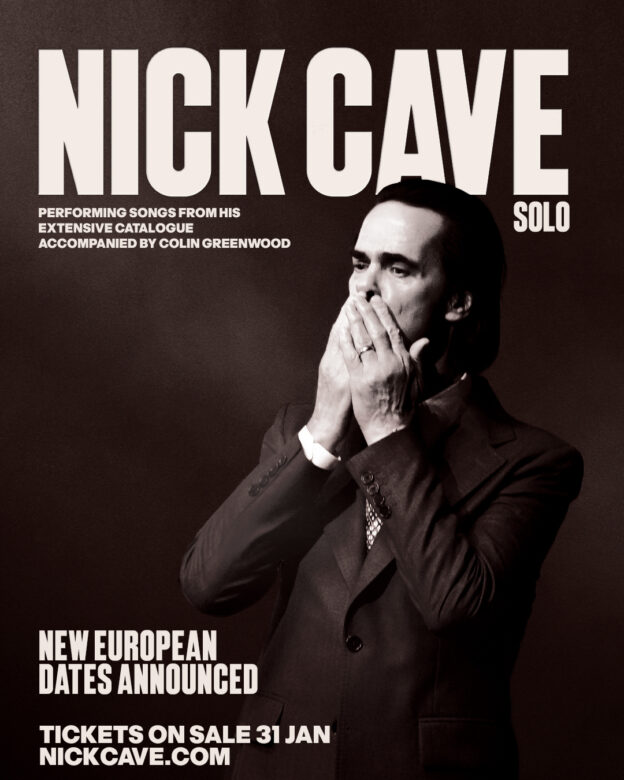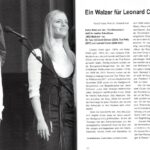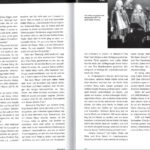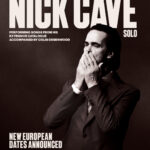May 13, 2025 through September 19, 2025 Outlaw Music Festival– Bob Dylan, Willie Nelson & Family, Billy Strings, Trampled by Turtles, Wilco, Sheryl Crow, Lucinda Williams and many others Tickets will go on sale to the general public on Tuesday, February 4 at 10:00 AM through Ticketmaster and the Outlaw Music web site. Additional information can be found at www.BobLinks.com May 13 – Talking Stick Resort Amphitheatre, Phoenix, Arizona May 15 – North Island Credit Union Amphitheatre, Chula Vista, California May 16 – Hollywood Bowl, Los Angeles, California May 18 – Toyota Amphitheatre, Wheatland, California May 20 – Ford Idaho Center Amphitheater, Nampa, Idaho May 22 – ONE Spokane Stadium, Spokane, Washington May 24 – Cascades Amphitheater, Ridgefield, Washington May 25 – The Gorge Amphitheatre, Quincy, Washington Jun 20 – Pine Knob Music Theatre, Clarkston, Michigan Jun 21 – Blossom Music Center, Cuyahoga Falls, Ohio Jun 22 – Riverbend Music Center, Cincinnati, Ohio Jun 25 – FirstBank Amphitheater, Franklin, Tennessee Jun 27 – Radians Amphitheater, Memphis, Tennessee Jun 28 – Hollywood Casino Amphitheatre, Maryland Heights, Missouri Jun 29 – Thunder Ridge Nature Arena, Ridgedale, Missouri Jul 04 – Willie Nelson’s 4th of July Picnic (not confirmed) Jul 05 – Dos Equis Pavilion, Dallas, Texas Jul 06 – The Cynthia Woods Mitchell Pavilion Presented By Huntsman, The Woodlands, Texas Jul 25 – Ameris Bank Amphitheatre, Alpharetta, Georgia Jul 26 – PNC Music Pavilion, Charlotte, North Carolina Jul 27 – Central Credit Union Music Park at Walnut Creek, Raleigh, North Carolina Jul 29 – Veterans United Home Loans Amphitheater, Virginia Beach, Virginia Aug 01 – Northwell at Jones Beach Theater, Wantagh, New York Aug 02 – Broadview Stage at SPAC, Saratoga Springs, New York Aug 03 – BankNH Pavilion, Gilford, New Hampshire Aug 08 – Darien Lake Amphitheater, Buffalo, New York Aug 09 – Hersheypark Stadium, Hershey, Pennsylvania Aug 10 – Empower Federal Credit Union Amphitheater at Lakeview, Syracuse, New York Sep 05 – Maine Savings Amphitheater, Bangor, Maine Sep 06 – Xfinity Theatre, Hartford, Connecticut Sep 07 – Xfinity Center, Mansfield, Massachusetts Sep 12 – Freedom Mortgage Pavilion, Camden, New Jersey Sep 13 – PNC Bank Arts Center, Holmdel, New Jersey Sep 14 – Merriweather Post Pavilion, Columbia, Maryland Sep 19 – Alpine Valley Music Theatre, East Troy, Wisconsin
Artikel-Navigation
